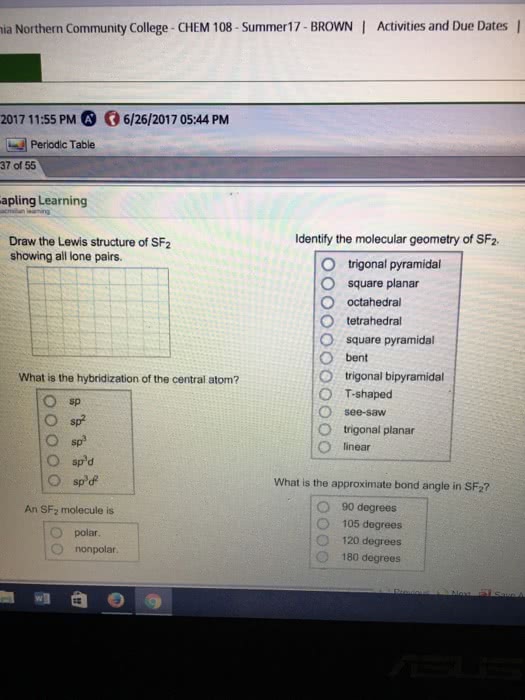CHEM 1951 Study Guide - Midterm Guide: Density Functional Theory, Antibonding Molecular Orbital, Valence Bond Theory
Document Summary
Linear 180 (nonpolar: repulsion trend, lp-lp>bp-lp>bp-bp, distortion- change in geometry caused by lone pairs, vsepr theory, predicts molecular structure, bond angles, assumes e- pairs will arrange in a way to minimize repulsions, sizes occupied. Lone pair>triple bond>double bond>single bond: axial and equatorial positions. Single, sigma bonds can freely rotate: double, pi bonds can not. Triple, pi bonds can rotate, but not as freely as single bonds: valence theory does not address how e- are actually delocalized throughout the structure, orbital diagrams, constructive interference- bonding orbital. Lower energy: destructive interference- antibonding orbital, unstable, higher energy, bond order= (#bonding e-)- (antibonding e-)= # of bonds, up through n2 and including it-mixing occurs (pi and sigma orbitals switch) creates nonbonding. Atoms with 3 or fewer e- in the p orbitalssigma p is higher in energy than the pi p orbital (switch positions, pi p orbital is below)






